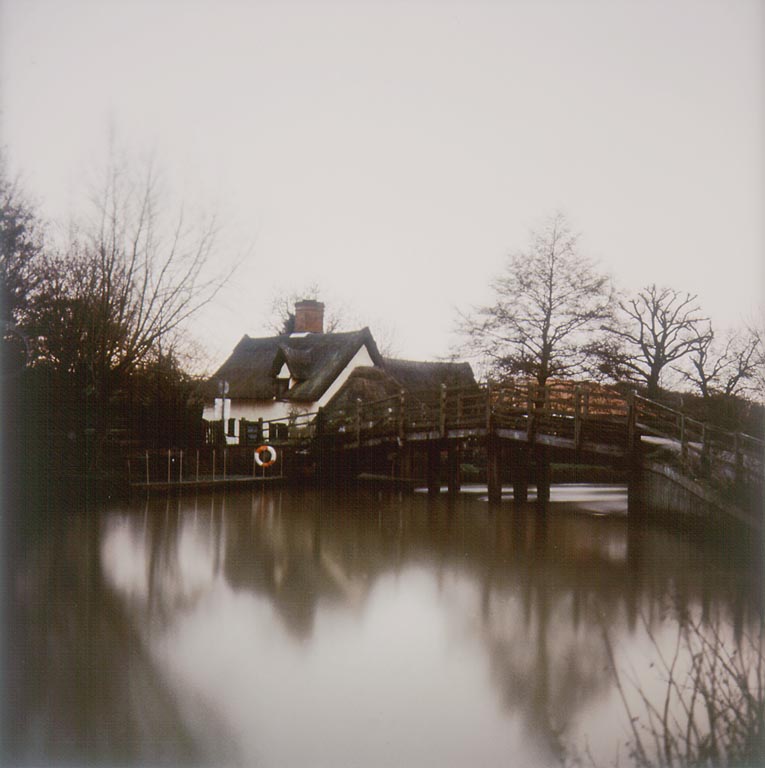
Charlie Duke fue uno de los varios astronautas que pisaron la Luna durante los años sesenta y setenta que se encargó de dejar un pequeño souvenir de su presencia en el satélite terrestre. En el caso de Duke, su particular recuerdo fue una fotografía de familia, junto a su mujer y dos hijos, que posó en algún lugar de la zona de alunizaje del Apolo 16, las montañas Descartes.
El astronauta, que hoy cuenta con 80 años, ha desvelado los motivos que le empujaron a llevar esa imagen a la Luna: “Lo tenía planeado desde hacía tiempo pero, cuando lo hice, fue para mostrar a mis hijos que realmente había estado en la Luna”. Duke lo ha explicado a Business Insider, al recordar que la época en la que preparó el alunizaje estuvo alejado de sus hijos a los que casi no vio. “Quería que los críos estuvieran emocionados respecto a lo que iba a hacer así que les pregunté si les gustaría viajar conmigo a la Luna. Hagámonos una foto, así será como si toda la familia hubiese ido a la Luna”.
Han pasado 43 años desde el paseo lunar de Duke. Las huellas del astronauta siguen en la superficie de la Luna pero el piloto del módulo lunar no está convencido de que la fotografía permanezca en el mismo estado. “La temperatura en la superficie varia cada mes entre los 200 grados y los -17”, explica Duke que cree que el efecto del sol sobre la imagen unido a las duras características del vacío espacial habrá hecho mella sobre la fotografía.
Duke no es el único astronauta que dejó su huella sobre la Luna. Alan Shepard, en el Apolo 14, se llevó un palo de golf y un par de bolas para lograr el swing con mayor recorrido de todos los tiempos gracias a la menor gravedad del satélite. Dave Scott dejó una pluma y una pequeña estatua durante la misión Apolo 15. La primera le sirvió para demostrar que, en el vacío espacial, una pluma y un martillo caían a la misma velocidad. La segunda fue un homenaje a todos los astronautas muertos hasta la fecha. Eugene Cernan, último hombre en pisar la Luna en el Apolo 17, dejó una particular huella antes de regresar a la Tierra: las iniciales de su hija grabadas en el valle de Taurus-Littrow.
//
Charlie Duke was one of several astronauts who stepped on the moon during the sixties and seventies who took care to leave a little souvenir of his presence in the terrestrial satellite. In the case of Duke, his special remembrance was a family photograph, with his wife and two sons, who settled somewhere near the Apollo 16 moon landing, the Descartes mountains.
The astronaut, who now is 80 years old, has revealed the reasons that pushed him to bring that image to the Moon: “I had it planned for some time, but when I did, was to show my children that had actually been in the Moon”. Duke has explained to Business Insider, recalling the time he was away from his children who almost did not see when the landing was being prepared. “I wanted the kids were excited about what I was going to do so I asked them if they would like to travel with me to the moon. Let take us a photo, so it will be as if the whole family had gone to the Moon.”
43 years have passed since Duke moonwalk. Astronaut footprints remain on the surface of the moon but the lunar module pilot is not convinced that the photograph remains in the same state. “The surface temperature varies each month between 200 degrees and -17”. Duke believes that the effect of the sun on the image attached to the harsh characteristics of empty space will be damage the picture.
Duke is not the only astronaut who left his mark on the moon. Alan Shepard, on Apollo 14, carried a golf club and a couple of balls in order to achieve the greater swing tour of all time thanks to the lesser gravity of the satellite. Dave Scott dropped a feather and a small statue during the Apollo 15 mission First it served to show that, in the space vacuum, a feather and a hammer fell at the same rate. The second was a tribute to all the dead astronauts to date. Eugene Cernan, the last man to walk on the moon on Apollo 17, left a particular mark before returning to Earth: the initials of his daughter recorded in the Taurus-Littrow valley.



































